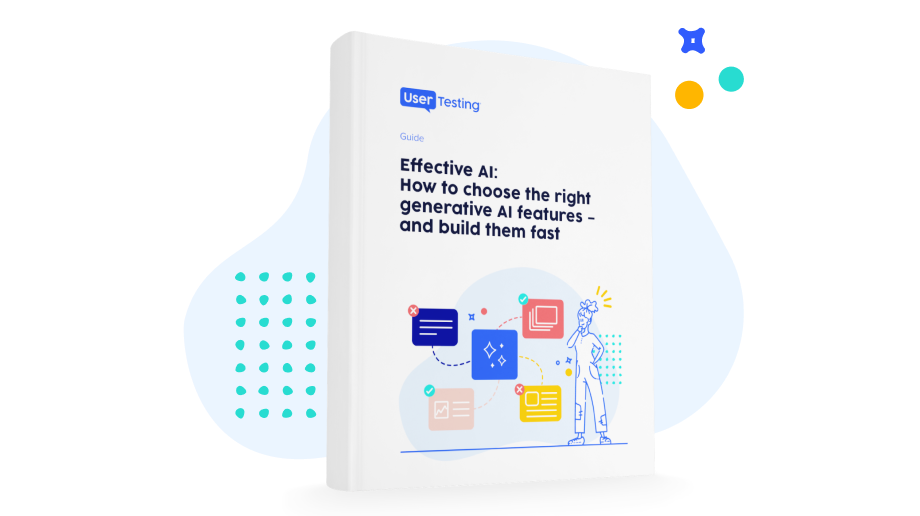
Design for emotion, not usability: how generative AI changes the rules of successful software

Most product teams are under intense pressure to deliver AI-enhanced products and features, seize new business opportunities, and head off competitors. But generative AI isn’t just creating new opportunities—its conversational interface is also changing the way users interact with software, and rewriting the rules for how to make a compelling experience.
Yet most of us are approaching generative AI with the same product assumptions and design processes that we used for previous generations of computing. If your product team is still working by the old rules, you’re at risk.
How AI is changing the rules for software success
We’ve created a detailed guide that describes how AI is changing the rules for software success, and what product teams need to do about it. The questions we focus on include:
- Changing customer expectations
- How do you identify the right customer problems to solve with AI?
- What do customers expect from an AI product?
- How are customer journeys changing as a result of AI?
- The new ground rules for product design
- What makes an AI product successful, and what are common mistakes and problems?
- How does AI blur the boundaries between Product and Marketing teams?
- How do we need to adjust our business processes to make successful AI products?
The guide is based on our proprietary research on AI users, feedback from hundreds of UserTesting customers and other thought leaders, the best articles and commentary we’ve seen online, and our own experiences implementing AI features.
Emerging best practices for making successful AI products
From all those sources, we identified ten emerging best practices for making successful AI products, including:
- Optimize your product for emotion and credibility, two key attributes of a generative AI bot
- Give your AI product a personality that resonates with customers and aligns with your brand
- Create hybrid interfaces that combine the best of GUI and conversation
- Understand the new economics of AI software and design for economies of scale
The report includes 5 profiles of companies that created successful new AI features. You’ll learn the business problems they attacked and how they solved them.
We don’t want to posture that this is the ultimate word on what AI means for product teams. The market is changing too quickly for that, and we all still have a lot to learn. But it’s a snapshot of what’s happening today.
By sharing this information we can all learn faster, so we’d love to hear your comments and suggestions, and we’ll continue to evolve the guide as we learn more.
Check out the guide now and discover how to create AI products that resonate emotionally and solve compelling customer problems. No registration required.

How to choose and develop the right AI features
Get actionable steps to help you get your AI development right on the first try.





